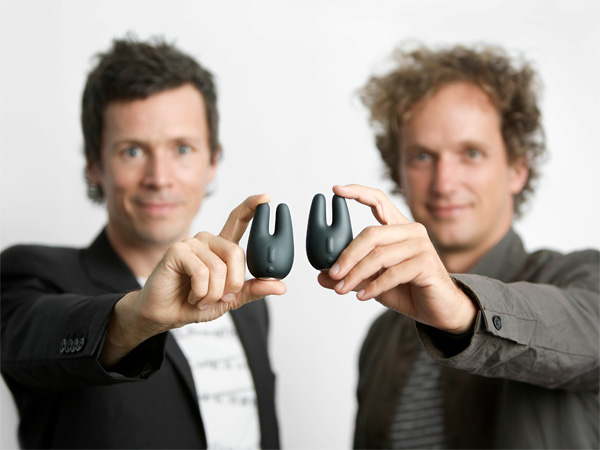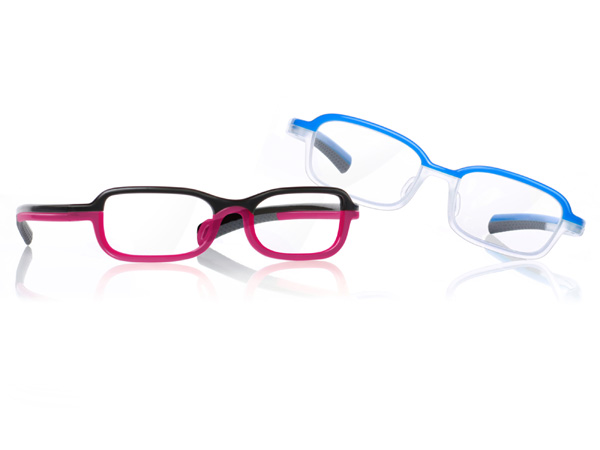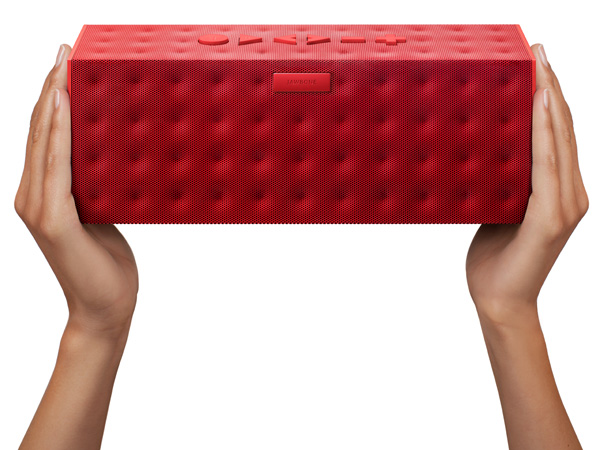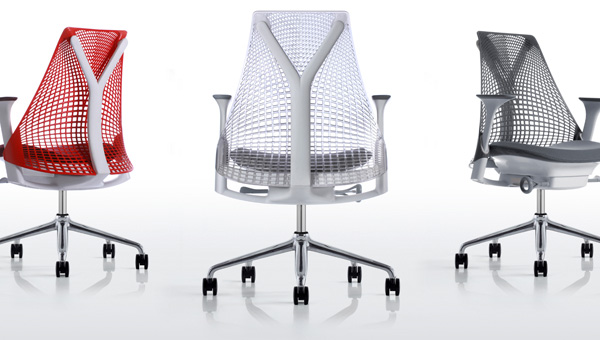For the next in our series of 12 Inspirational Interviews, I speak with Yves Béhar of fuseproject. Yanko Design has been reporting his work for many years, but surprisingly this is our first interview with him! Going with the theme of this series, it’s my mission to bring to you meaningful lessons that no design school or institution teaches you. In his no-holds-bar conversation Yves speaks about taking risks, doing things differently and overcoming hurdles. Do you know why he is called the ‘Evel Knievel’ of design? I do! Read on to find out more….
A product, is a product, is a product!

Yves Béhar needs no introduction, so I dive into the interview with hard questions like why he designed the JimmyJane Vibrator! I mean, did he not take a risk or feel awkward? After all sex toys are not exactly on high-priority list for many designers!
“I have been interested in design products like JimmyJane since 2000 or 2001. I am always excited about product categories where design can make a huge difference and where the expectations are so low. In this industry, people are doing things that are so contrary to what the modern notion of good design is. High quality materials, high quality products were completely absent from this industry and so I have always thought it would be interesting to change it. My friend Ethan Imboden (of JimmyJane) and I finally decided to partner together. Initially we were supposed design just one product, but we soon realized that not everybody is the same or likes the same things. So we built a modular inner mechanism and designed it to fit different forms. There are different approaches to design the same thing!”

“A lot of people shy away from designing a vibrator but to me it’s the same approach while designing a high quality cellphone or high quality speaker. For me honestly, a product is a product is a product! It just needs to deliver. The fact that it is associated with human sexuality does not make it any more or less interesting.”
I guess Yves is being a bit modest here, but he was in many ways responsible for revolutionizing the approach and perception people had towards pleasure toys. He infused sophistication and elegance to the genre.
Don’t be afraid to explore avenues where no one else has chartered! Be a risk taker!

Risk taking has always been a hallmark of Yves’ work and how he approached clients and partnerships, even before he started fuseproject.
“I was a product designer in the Bay area and with product design; I was taking so many risks with projects. My focus was on making things more unique and standing out that they used to call me ‘Evel Knievel.’ They couldn’t pronounce my name, so Evel Knievel was my nickname even before I started fuseproject independently. Design is about risk taking and it can’t work without risk taking. I was working at that time Silicon Graphics, Acer and HP on GPS projects. All my works were worth the risk.”
I asked him to elaborate further on this….

“Design is sometimes undertaken 2-3 years in advance of a project hitting the market. So you need to be designing for a future market and future user experience. You have to project yourself in the future. So that means there is an inherent risk in what you design. If you are not taking risks, in my opinion, your project may not be successful. And if it will not feel advanced it will not feel differentiated, it will not feel like the next generation of anything. So risk taking is a fundamental line in our business and I feel comfortable taking risk in design and we have gotten very big rewards from that.”
A good example of risk-taking is the Jambox they launched last year. Nobody had thought it would be possible for them to launch a speaker especially since they were not a major brand. Between the design and the user experience and the onset of the mobile based experience, the Jambox became the number one speaker in the US in its categories.
Yves employs the same risk-taking attitude with his partners Jawbone and Herman Miller. Unfortunately not many companies are willing to take these risks with you. A lot of companies play safe but Yves thinks this a lack of vision for a leading 21st century based business.
A mixture of risk, talent and hard work is the right approach.
According to Yves, a designer needs to be creative with business side of design as well. It is not enough to be creative with the design side only!

“When you create partnerships there will be no set calculation, which means you have to listen a lot closer and understand better your clients business. How as a designer will you bring value and what that value is going to be worth if the project is successful. Every company is at a different stage and so it really depends how creative you can get. Most designers are very formulating on how they approach businesses, but the need of the hour is to get creative with this aspect too. The angle which they consider the boring part – the running of the company!”
According to Yves, the different approaches to partnerships are through equity or becoming a co-founder or getting fully integrated in the business. Getting some fee or retainer-ship or royalty is also essential.
“The mechanism has to work for the short term, the midterm and the long term. It can’t be just hoping for just long term returns. You have to be able to mix the different types of rewards. It isn’t a formula, it depends on every situation.”
Yves warns that partnerships are not about establishing a contract, they are also about establishing long term trust. “You can test that over a short period of time. You need to evaluate how somebody meets their end of the bargain on an ongoing basis and not just at the end of a contract.”
“Herman Miller and I have been working together for 10 years now. For me they are the design ambassador company of America. Sometimes it’s not about responding to a brief but coming up with a brief by yourself and for us it has become a symbiotic relationship where we understand and respect each other a lot. I have done close to 20 partnerships to date and I have to say that at least 8 out of 10 have been quite satisfactory on every level. The ones where I was not happy with, was when the founders did not have the experience or the courage to go all the way through with things. They did not have the foresight of how to be the CEO of their company.”
Did you know that Yves had to work on his drawing wand was a pretty average draftsman! The skills he had to work on were presentation, drawing and talking! Look at him give lectures around the globe, and you will find it hard to believe that he was once shy.
My only original talent is perseverance!
Parting shot : this profession needs new perspectives, so keep taking risks and be true to your work!
-
Yanko Design
Timeless Designs - Explore wonderful concepts from around the world!
Yanko Design Store - We are about more than just concepts. See what's hot at the YD Store!
(12 Inspirational and Exclusive Interviews on Yanko Design – Yves Béhar was originally posted on Yanko Design)
Related posts:
- 12 Inspirational and Exclusive Interviews on Yanko Design – Robert Brunner
- 12 Inspirational and Exclusive Interviews on Yanko Design – Scott Wilson
- 12 Inspirational and Exclusive Interviews on Yanko Design – Karim Rashid


















